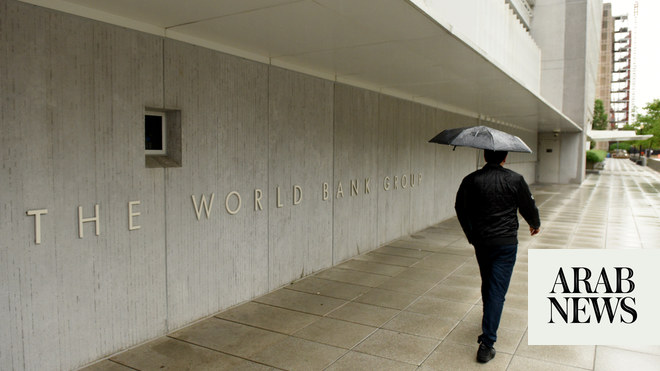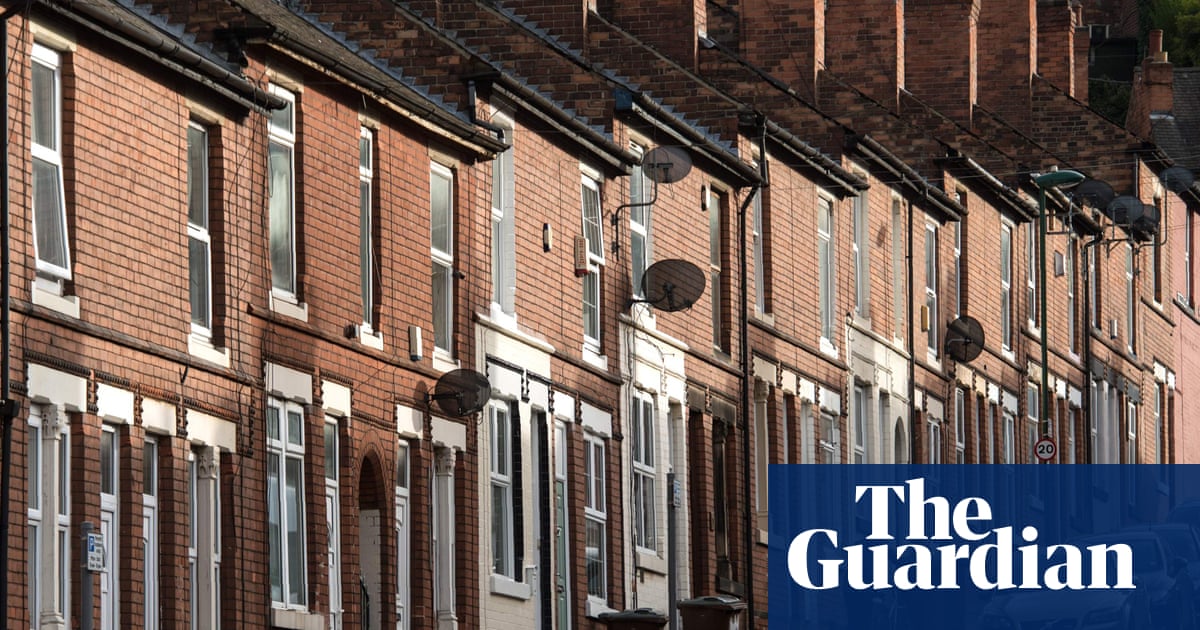
Exclusion rates for black Caribbean students in English schools are up to six times higher than those of their white peers in some local authorities, Guardian analysis has found, highlighting what experts have called an “incredible injustice” for schoolchildren from minority ethnic backgrounds.
Gypsy, Roma and Traveller children were also excluded at much higher rates, with Roma children nine times more likely to be suspended in some areas. And exclusion rates for mixed-race white and black Caribbean students were more than four times higher than their white peers in several local authorities.
The figures for the 2018-19 academic year were described as extremely concerning by Anne Longfield, the former children’s commissioner for England, while the Liberal Democrat MP Layla Moran, who commissioned House of Commons Library research into racial disparities in school exclusions, called for a “universal code”.
The analysis comes as campaigners and thinktanks warn of school exclusions contributing to the criminalisation of children, while disproportionately affecting those from poorer backgrounds. A recent report by the Institute of Race Relations warned of a “PRU [pupil referral unit] to prison” pipeline for working-class black children.
Figures show that in Cambridgeshire the fixed-term exclusion rate for black Caribbean pupils was more than six times higher than the rate for white British students, while in the London boroughs of Brent, Harrow and Haringey, the rate was more than five times higher. Though Cambridgeshire has a relatively small number of Caribbean students, which partially explains the disparity, Brent, Harrow and Haringey have significant Caribbean populations.
Wokingham reported the largest disparity between white British students and mixed-race white and black Caribbean pupils. The latter group had an exclusion rate of 12.8%, about five times higher than the white British rate.
In Gloucestershire, 12.4% of all black Caribbean students were given an exclusion in the 2018-19 school year, compared with just 2.4% of white British students.
While fixed-term exclusion rates nationwide for black Caribbean students are 10.4%, compared with 6% of white British students, the Department for Education (DfE) data suggests that in many areas of the country, the racial disparity is far higher than the headline rate.
Fixed-period exclusions are when a pupil is formally suspended from school for a set time, usually up to three days. The DfE says they must be “on disciplinary grounds” but the reasons for exclusion are at teachers’ discretion. The fixed-term rate is the total number of exclusions as a proportion of the headcount, and includes instances where multiple suspensions were given to one student over the course of a year.
But Nicholas Treloar, a researcher at the race equality thinktank Runnymede Trust, said government-imposed targets and the constant pressure from Ofsted to “achieve” were to blame for higher exclusion rates.
“Exclusions essentially criminalise children, and disproportionately impact on the poorest and most vulnerable. Children that, when excluded, do not have the socioeconomic means of buffering against the dangers of being out of school,” he said.
“Research and data has shown that school exclusions have a detrimental impact on all schoolchildren in terms of educational outcomes and attainment levels. With BAME and Gypsy, Roma and Traveller children being disproportionately excluded, this will then have the biggest impact on these already vulnerable groups.”
Longfield said: “We know that excluding a child can make them vulnerable to exploitation and can diminish their life chances. The majority of schools do excellent work supporting children and just 10% of schools are responsible for nearly 90% of exclusions.”
Moran said the figures had highlighted an “incredible injustice” for schoolchildren from an ethnic minority background. “I believe we need a universal code with clear criteria setting out the grounds for exclusions, to prevent any forms of bias and discrimination,” she said. “With coronavirus looking likely to lead to a rise in exclusions, this is more important than ever.”
In Sheffield, which has the second-highest population of Roma children in the country, the Roma exclusion rate was nine times higher than for white students.
One in five pupils from a Roma background in Sheffield schools received at least one exclusion in the 2018-19 school year, compared with less than 3% of white British students, according to DfE data.
In Haringey and Bristol, Roma students were more than 10 times as likely to receive an exclusion, although their headcounts were much lower than in Sheffield, with about 100 students each.
Students from an Irish Traveller background also experienced disproportionately high exclusion rates, though only 11 areas in the country had an Irish Traveller headcount of more than 100.
Esther, the mother of a 13-year-old Gypsy child who was excluded from a school in a Sussex market town, said she felt teachers consistently failed to understand the needs of Gypsy, Roma and Traveller communities.
Esther’s son was excluded after he fought with another pupil. She said the incident had occurred after her son had been subjected to months of xenophobic abuse.
“The school knew that he had been called names for months and he ended up retaliating – just like anyone would – but he was the one who got permanently excluded. I battled so hard to try to get them to let him back in, but they wouldn’t,” she said.
Sarah Mann, the director of Friends, Families and Travellers, a charity advocating for the Gypsy, Roma and Traveller communities, described the high exclusion rates as devastating.
“They demonstrate the abject failure of local authorities and central government in addressing the staggering inequalities experienced by Gypsy, Roma and Traveller communities from the cradle to the grave,” she said.
DfE data shows the national fixed-term inclusions rate has increased every year since 2014-15. Some academy chains have been found to exclude children at very high rates, often using them to enforce “zero tolerance” uniform policies.
Cllr Kaushika Amin, Haringey’s cabinet member for children, education and families, said disproportionality in exclusion rates was on the agenda for every school in the borough, and that the council was committed to addressing BAME inequalities in education.
A spokesperson for Cambridgeshire said: “Our schools’ priority will always be the child’s safety and wellbeing, and as such full support – including additional provision for home education and a forward plan to re-integrate the child back to school – will be provided to the pupil and their family.”
A spokesperson for Gloucestershire county council said the authority was aware of this area of disparity within the school system and was actively working to address it.
“We are encouraged to see that local data for the 2019-20 school year shows the proportion of black Caribbean students facing exclusions has more than halved to 5.1%,” the spokesperson added.
Andrew Jones, the director of education and skills at Sheffield city council, said: “As with many local authorities, there is an all too high number of children being excluded from school. This is something we take very seriously, and consistently and persistently work with our schools to reduce.
“We know that we have a lot more work to do. However, we are working hard to ensure inclusivity and equity are the centre of all that we do to support children in our education system.”
Wokingham and Bristol city council declined to comment.
The DfE said it was investing £10m in new “behaviour hubs” for schools to share best practices on discipline.
A spokesperson for the department added: “Being excluded from school should not mean exclusion from high-quality education, but we will always back headteachers to use exclusions when required as part of creating calm and disciplined classrooms that bring out the best in every pupil.”












